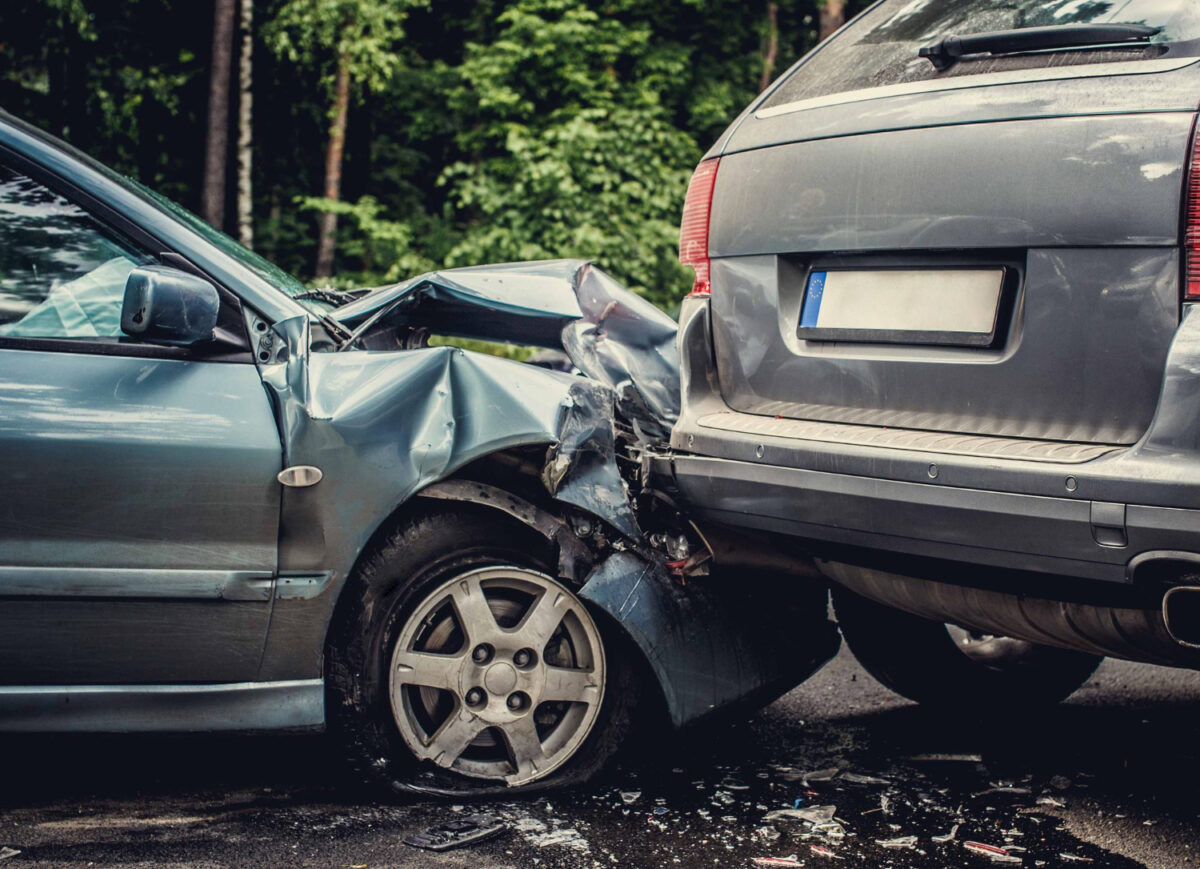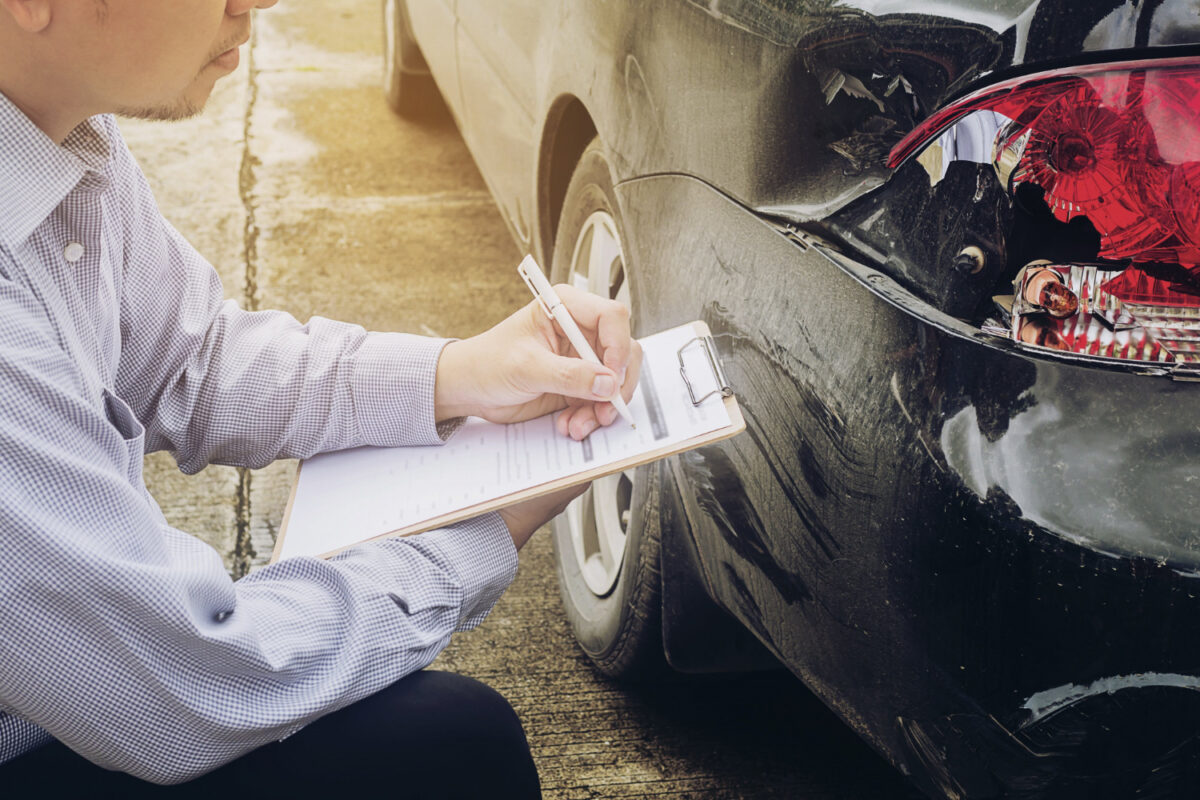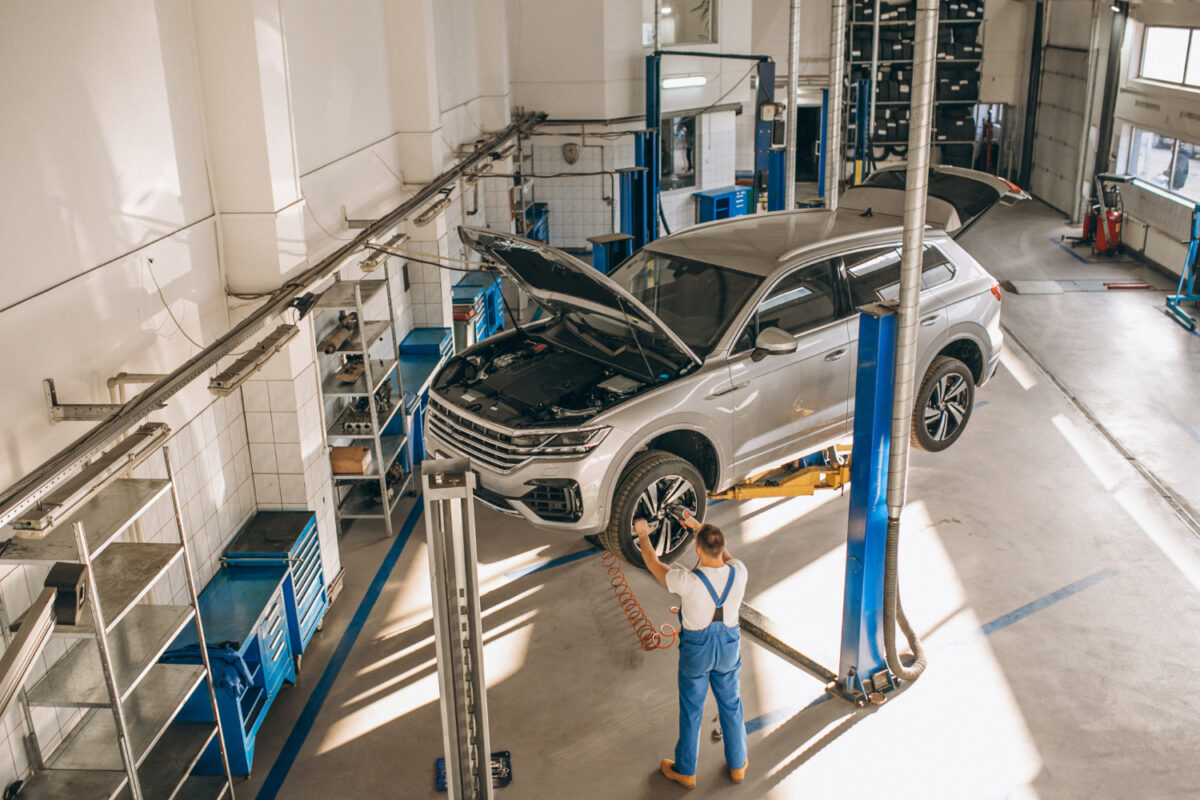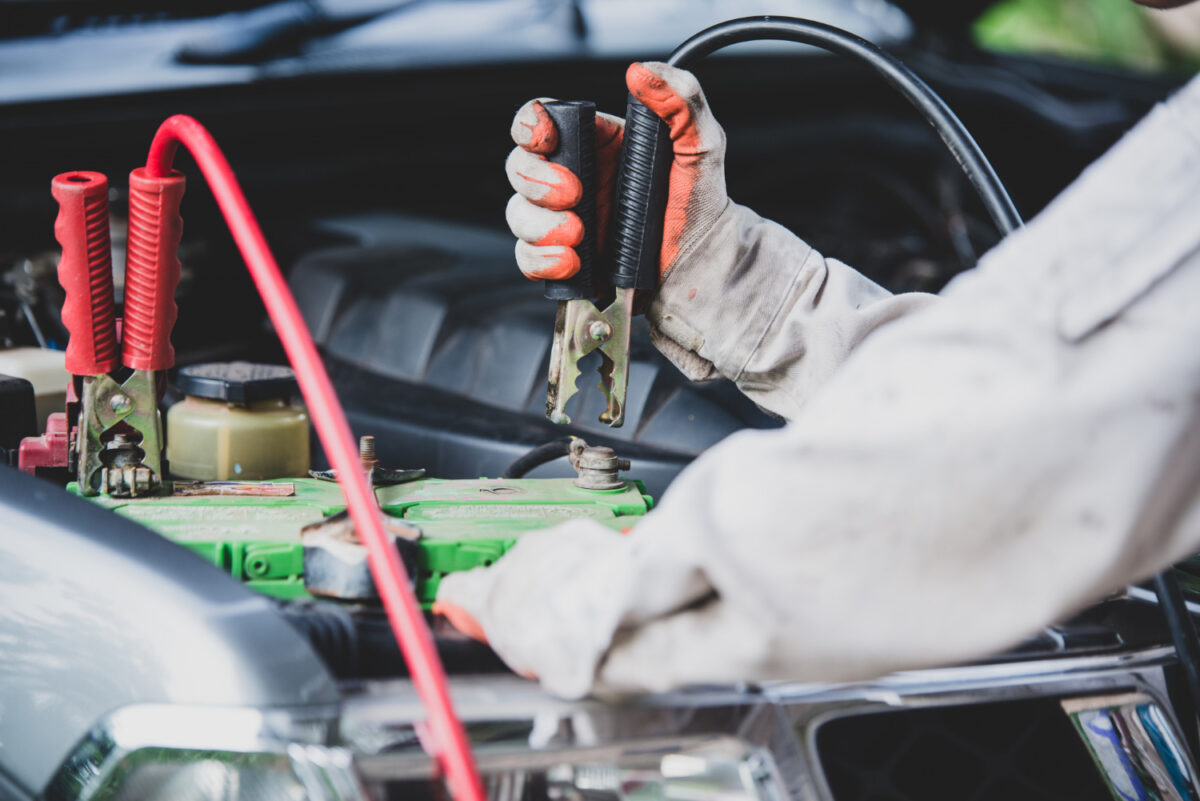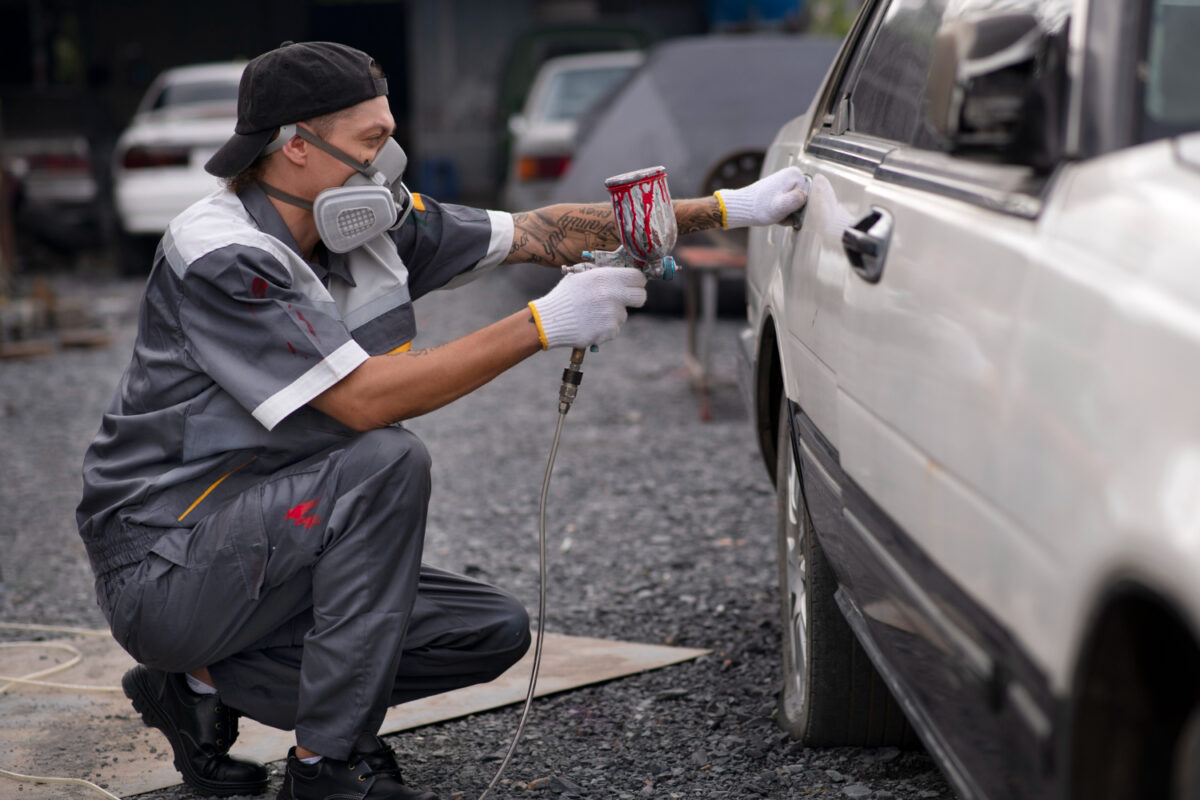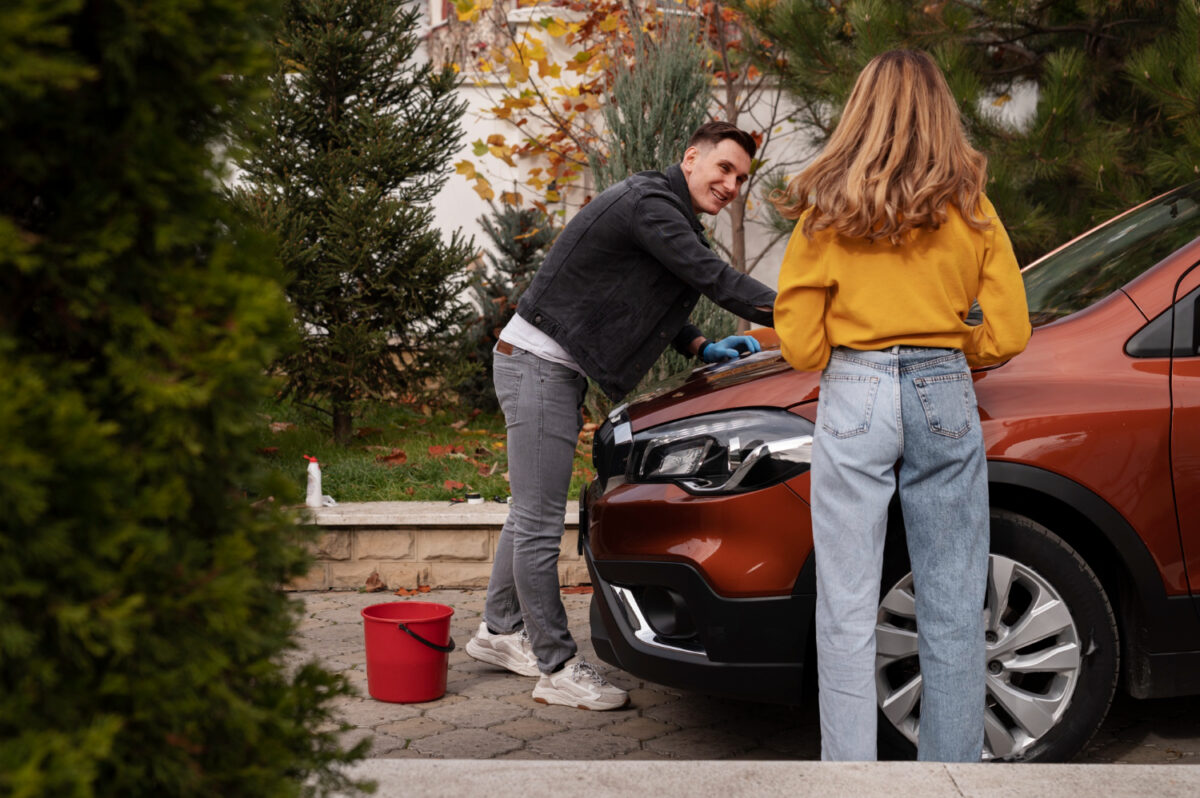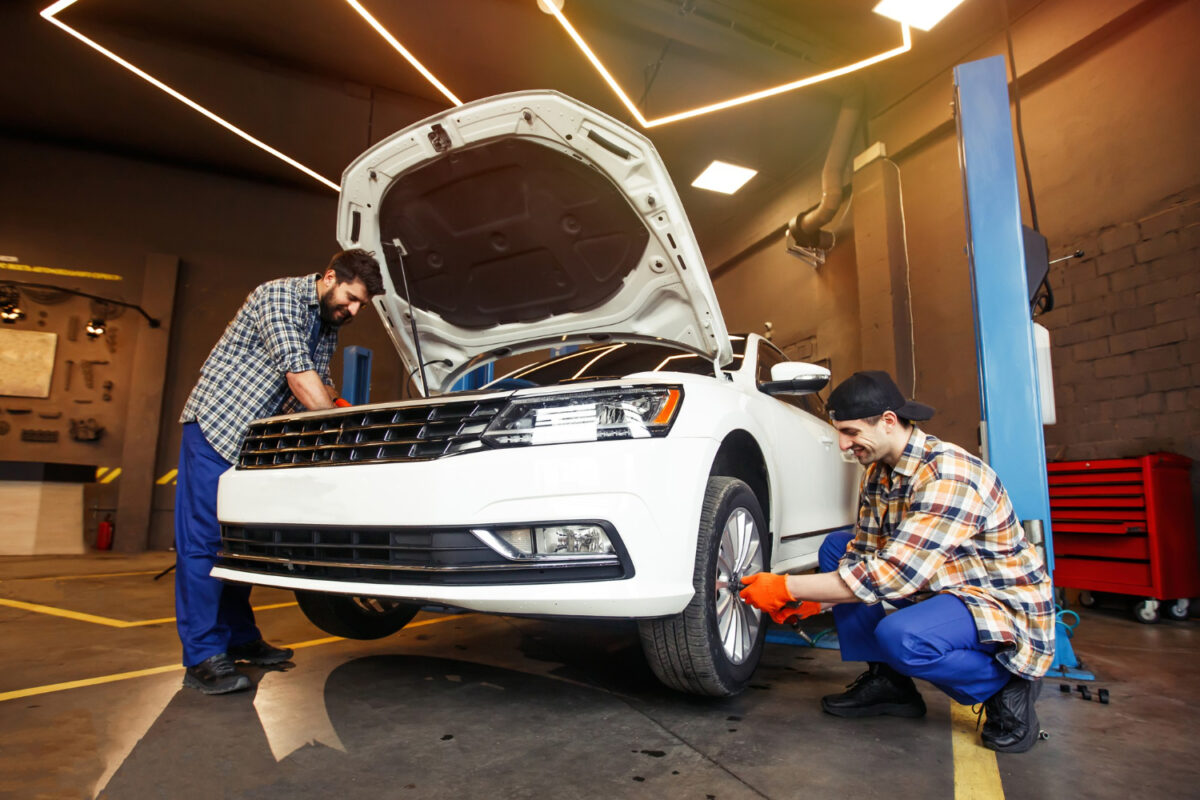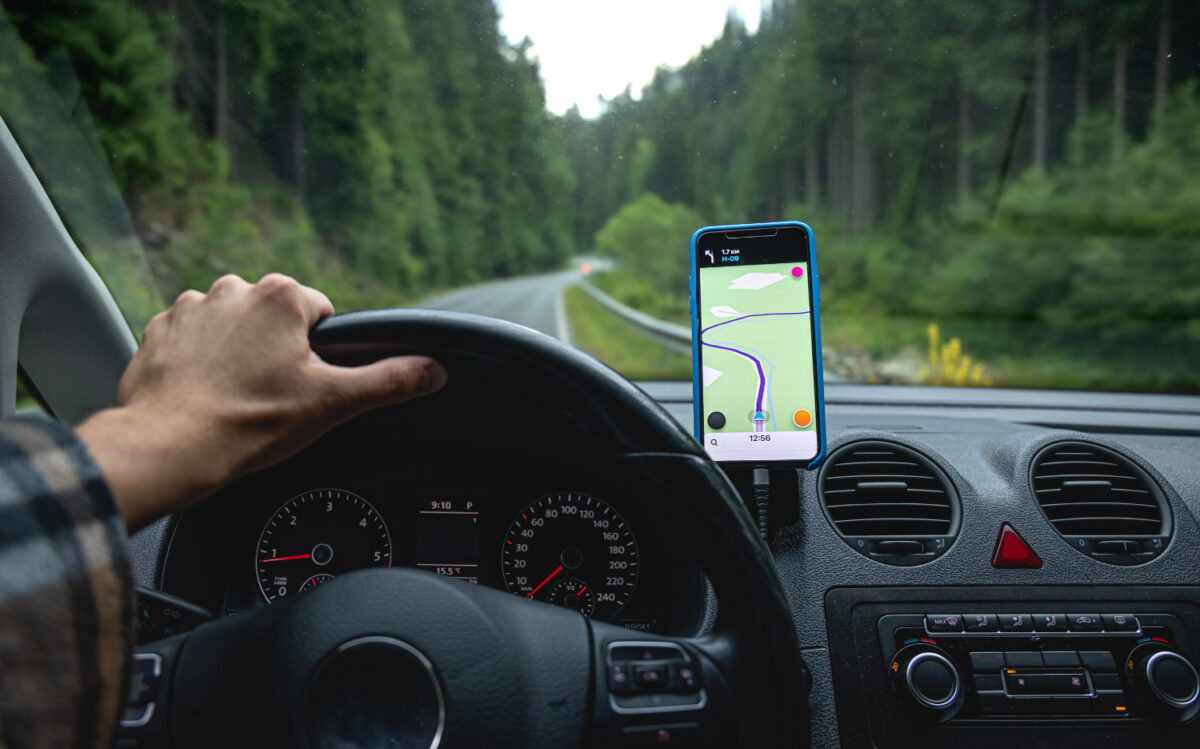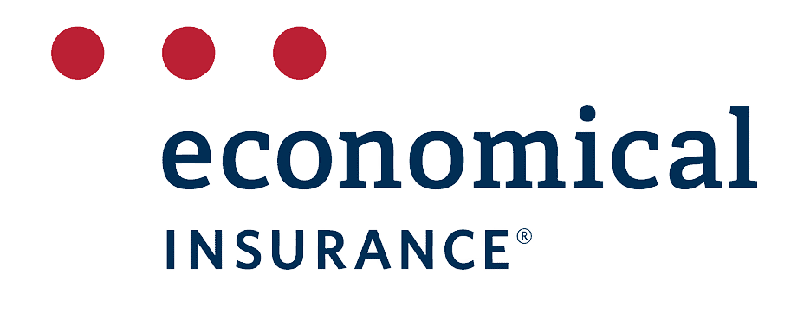Why Even Small Dents Shouldn’t Be Overlooked — A Guide for GTA Drivers
After a fender bender or a low-speed parking lot mishap, many drivers in GTA are tempted to brush it off. If the car is still drivable, why bother fixing it, right?Wrong. Ignoring minor collision damage can lead to bigger, more expensive problems down the line — and even compromise your safety. Here’s why acting quickly can save you money, protect your vehicle, and give you peace of mind.
Cosmetic Damage Often Hides Structural Issues
That small dent or scrape on your bumper might seem harmless, but it could mask underlying frame damage, misalignment, or internal part stress. Delaying an inspection could allow a hidden issue to worsen over time.
It Can Decrease Your Vehicle’s Resale Value
Unrepaired dents and scratches make your car look poorly maintained — a red flag to buyers and dealerships. Even minor visual damage can knock hundreds or thousands off your resale or trade-in value.
Small Paint Chips Can Lead to Rust
A chipped area may expose bare metal, allowing moisture and salt (especially in Ontario winters) to create rust. What starts as a $150 fix can turn into a costly panel replacement if ignored.
You May Jeopardize Your Insurance Claim
Some insurance providers have time limits on reporting or repairing damage. Waiting too long may result in denied claims or reduced payouts — leaving you on the hook for the full repair cost later.
Safety Systems May Be Compromised
Modern cars are packed with sensors in the bumpers, doors, and frame. Even a minor hit can misalign or disable crucial safety features like parking sensors, lane assist, or airbags.
Why Fixing Minor Damage with Mann Auto Collision Centre is Good Choice?
- Professional Damage Assessment
We use advanced diagnostics to detect both visible and hidden damage. - Paintless Dent Repair (PDR)
Fast, affordable, and doesn’t affect your original paint — perfect for small dings. - Honest Estimates, No Pressure
We’ll let you know what needs immediate attention and what can wait — no upselling. - Boost Resale Value
A properly repaired vehicle shows buyers that you’ve taken care of your car.
Don’t Wait — Book Your Inspection Today
What looks like a harmless scratch could cost you later. Let the experts at Mann Auto Collision Centre inspect your vehicle, give you honest guidance, and protect your car’s value and safety.
Visit us in Brampton or schedule a repair across the GTA.

